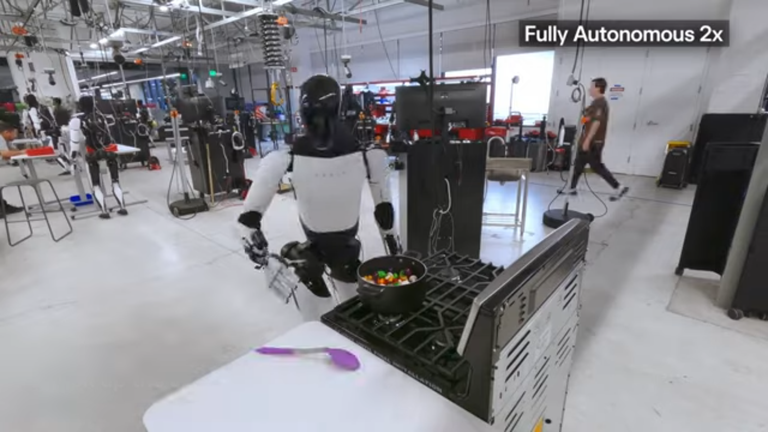The domestic skills of Tesla's humanoid robot Optimus

They really need to be humanoid
Although it is early to evaluate, there is evidence to do so
Follow my publications with the latest in artificial intelligence, robotics and technology.
If you like to read about science, health and how to improve your life with science, I invite you to go to the previous publications.
If you like to read about science, health and how to improve your life with science, I invite you to go to the previous publications.